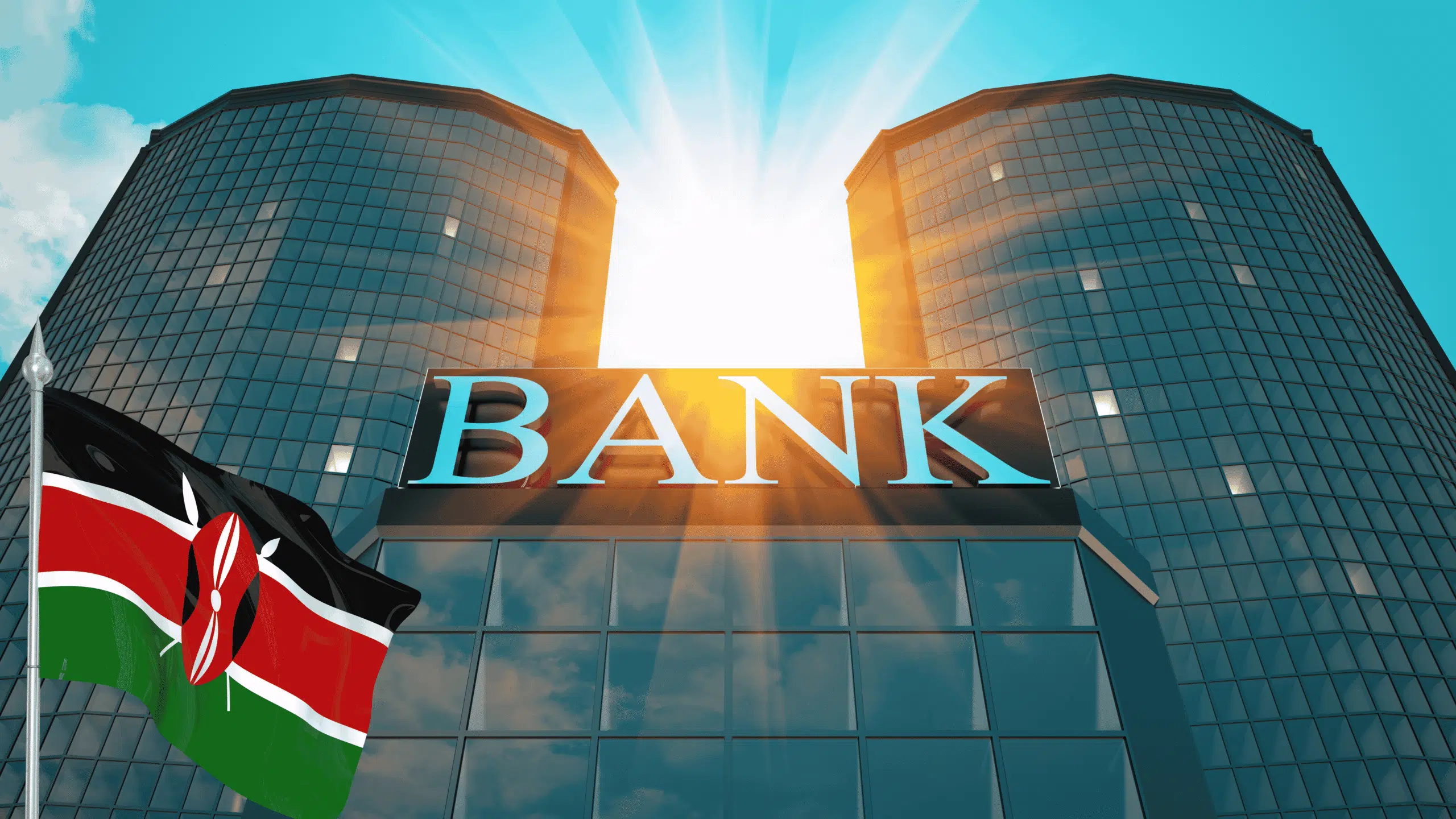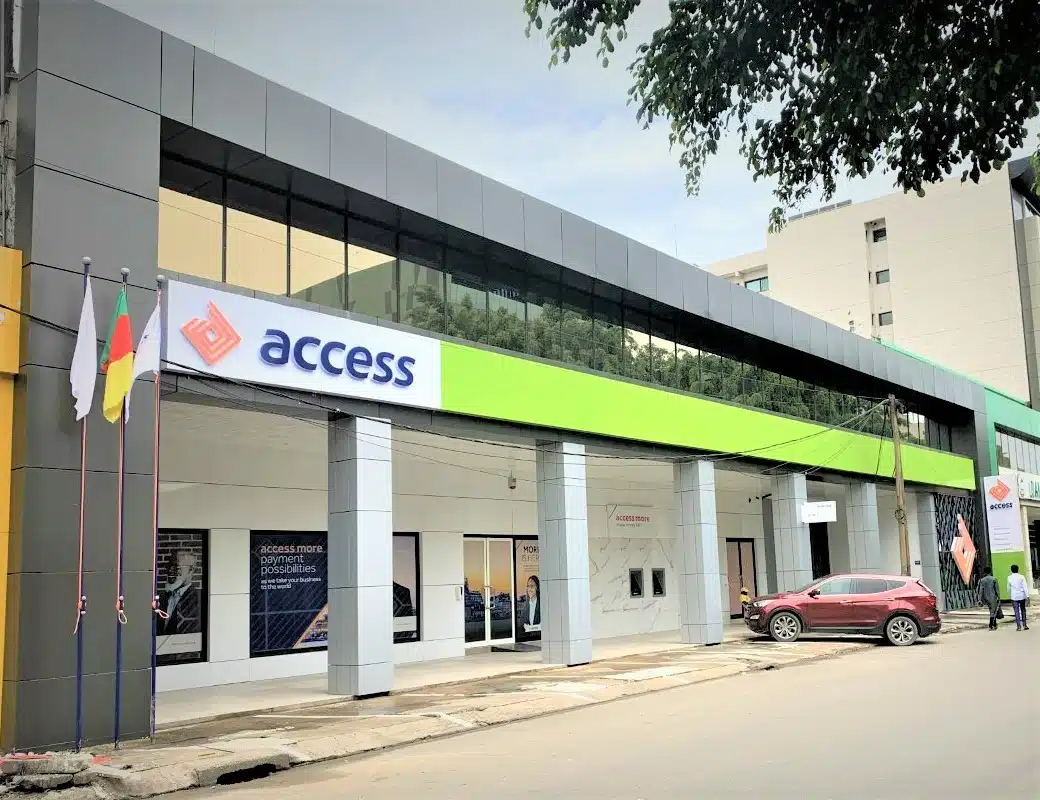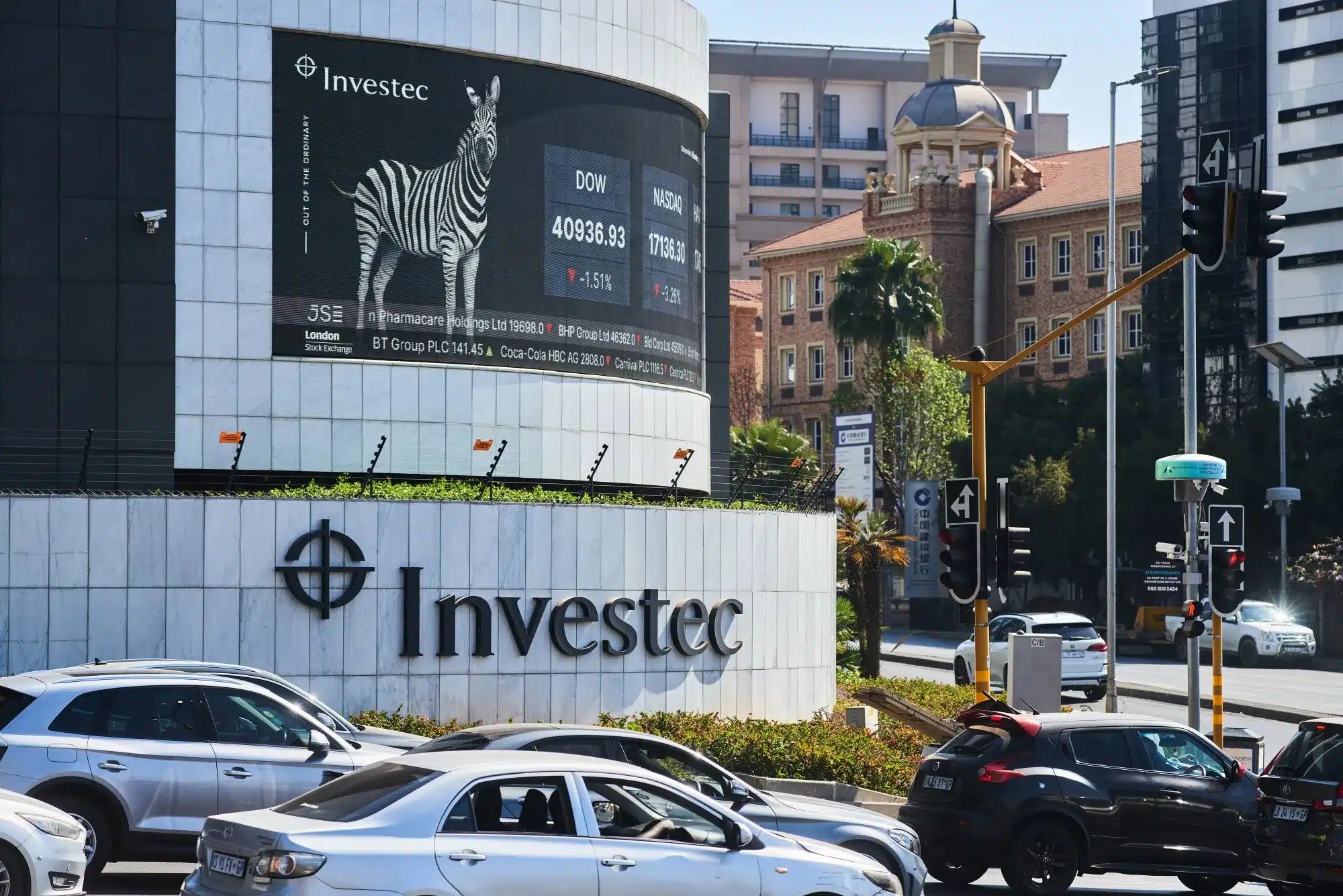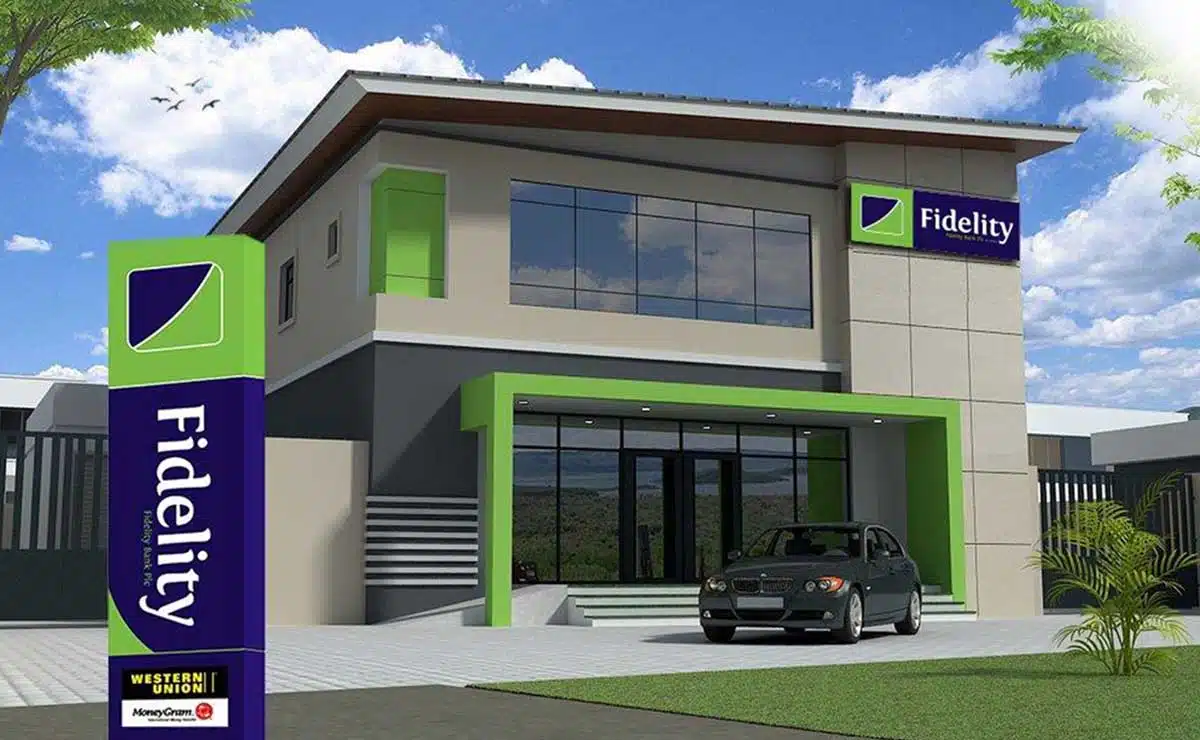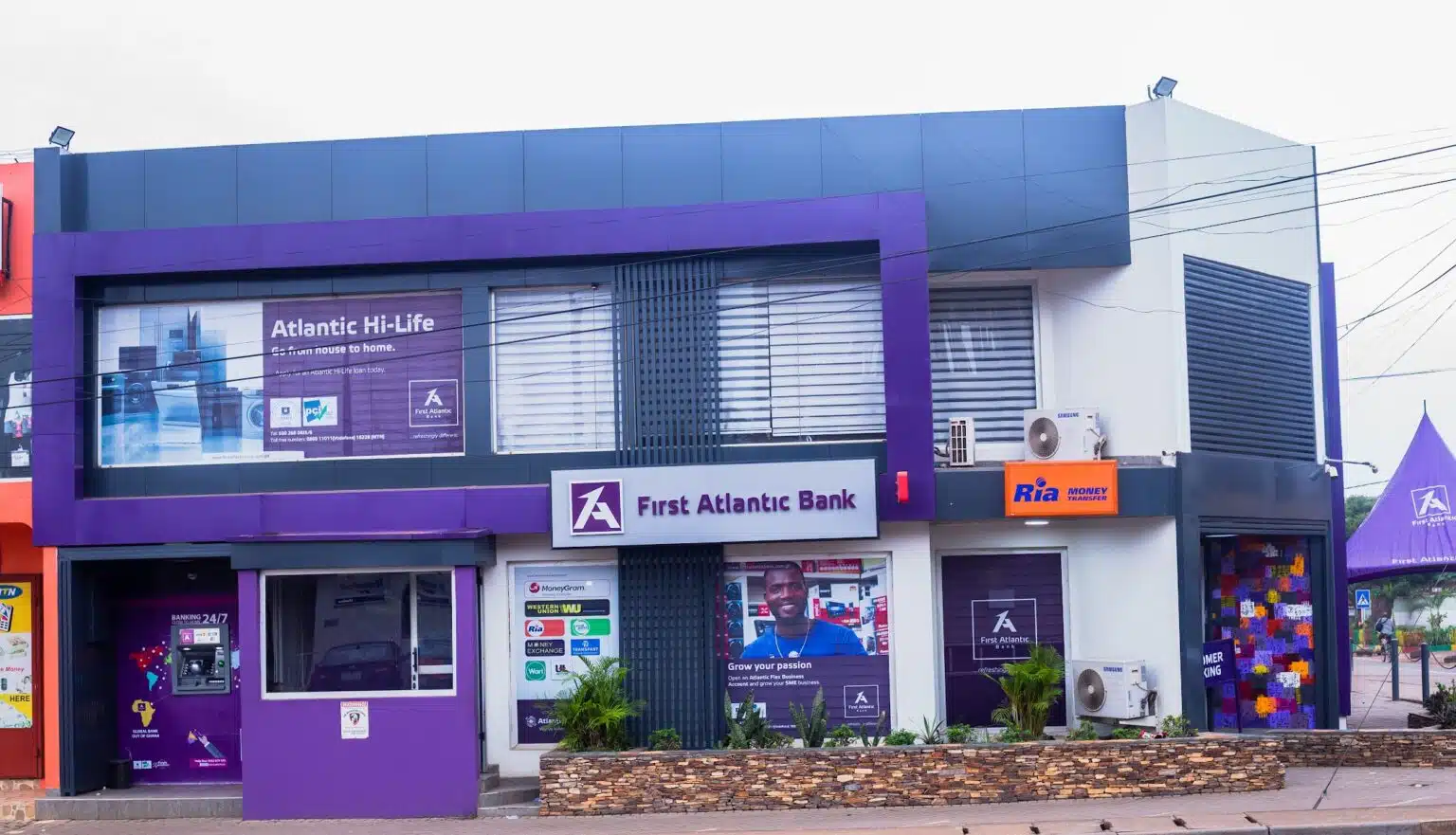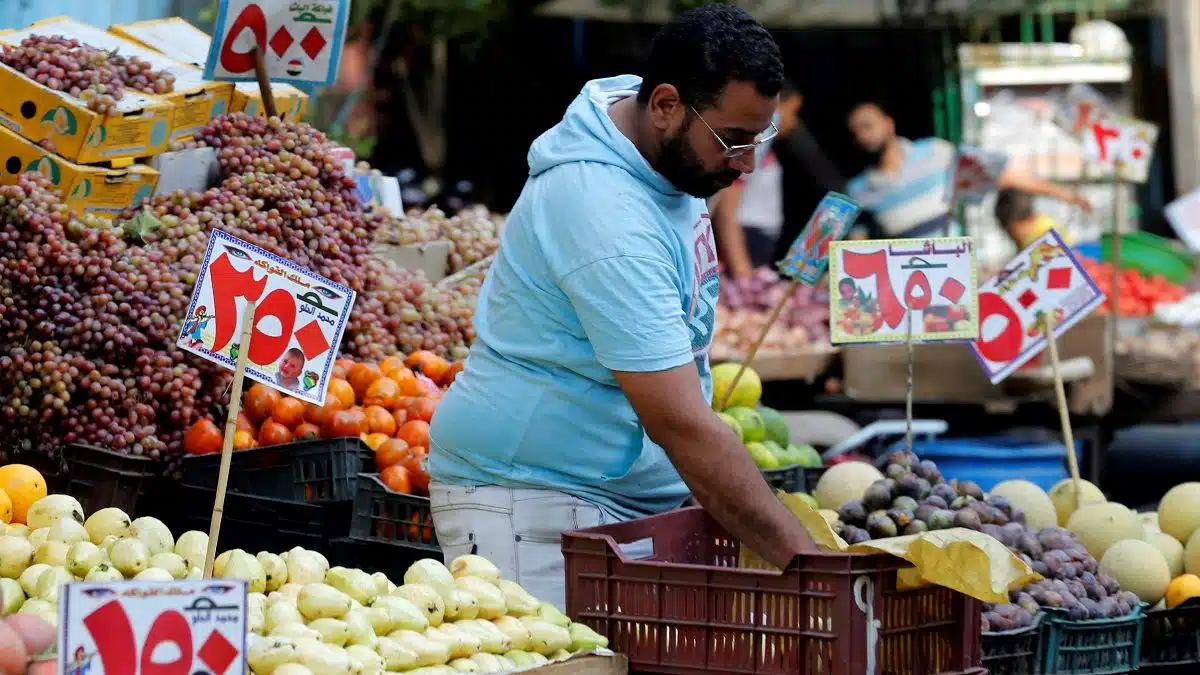Following a tough start to 2025, investor sentiment toward Kenya’s banking sector has turned sharply positive, with analysts projecting a strong second half driven by improving credit growth, stabilising net interest margins, and resilient capital positions.
At a recent X (formerly Twitter) webinar hosted by Abojani Investment, a personal finance advisory firm in Kenya, industry analysts said Q4 is shaping up to be the strongest quarter of the year. The optimism is rooted in rising loan volumes, firmer non-funded income, and a rebound in private sector lending.
“All banks recorded better results in Q2 compared to Q1, except StanChart,” said Robert Ochieng, CEO of Abojani Investment. “That underscores the turnaround already underway and sets the stage for a stronger finish to the year.”
East Africa’s rising banking power
The African Business Magazine report, ‘Top 100 Banks in Africa 2025’, highlights the region’s growing banking clout. East Africa now accounts for 21 entries, up from 13 in 2023, making it the second most represented region after West Africa.
“Kenyan banks contributed 10 entries, highlighting their operational strength,” the report noted. “However, despite this growth, East Africa’s collective Tier 1 capital remains the smallest among regions, totalling $12.7 billion in 2025, up from $10.5 billion in 2024.”
Kenyan lenders Stanbic Bank Kenya and Prime Bank featured among Africa’s biggest risers, climbing 22 and 25 spots to rank 64th and 74th, respectively.
From weak start to recovery
The first half of the year tested Kenyan banks. Q1 earnings fell on lower net interest income and weak non-funded income from forex trading and fees. Equity Group, for instance, reported an 8% drop in pretax profit.
By Q2, however, the picture brightened. Sector assets climbed to KSh 7.9 trillion ($61.1 billion), and net interest income across listed banks rose by 10.4% year-on-year. Fee and transaction income also rebounded, while provisioning improved, lifting Non-Performing Loan (NPL) coverage to 67.2%.
Though weighted gross NPLs edged up to 13.6%, Standard Chartered Kenya cut its ratio sharply—from 8.4% to 6.0%—through a 29% reduction in gross NPLs.
Local and regionally diversified banks such as Equity, NCBA, I&M, and Diamond Trust Bank showed more resilience, while foreign-owned subsidiaries like StanChart and Stanbic lagged. “The uptick in private sector lending shows Q2 was strong, and if momentum continues, Q3 and Q4 should be even stronger,” Ochieng added.
Why H2 looks promising
Analysts say multiple indicators point to a robust finish to 2025:
Credit growth: Gross loans expanded by 0.6% in Q2—modest but meaningful after a slow start. With SME and infrastructure lending reviving, banks are well-positioned to accelerate growth in Q4.
Net interest margins: The Central Bank of Kenya’s 75-basis-point rate cut in April to 10% from 10.75% is stimulating lending and economic activity. If banks adjust deposits faster than loans, margins could widen in Q4.
Non-funded income: After a weak Q1, transaction income and forex trading rebounded in Q2. As trade and remittances typically surge toward year-end, banks could post even stronger gains.
Asset quality: Improved provisioning has strengthened buffers. “With NPL coverage now above 67%, banks are better equipped to manage risks,” said one of the analysts during the Abojani session.
Capital and liquidity: The Kenya Bankers Association reaffirmed that the sector remains “well-capitalised and strongly positioned to support growth.” Strong capital ratios mean banks can expand lending in Q4 without regulatory pressure.
Macro stability: Kenya’s long-term credit rating was upgraded to ‘B’ by S&P in August 2025, citing easing liquidity risks. Ongoing International Monetary Fund programme talks in Nairobi could further lower sovereign risk and improve funding conditions.
Which banks are best positioned
Analysts in the Abojani X-Space agreed that while the outlook is positive across the board, a few lenders are better placed to outperform in the final quarter:
- Equity Group: With a diversified regional footprint and strong SME focus, Equity remains the bellwether. Its agency banking model drives low-cost deposits and profitable lending.
- KCB Group: Strong in corporate and infrastructure lending, KCB is poised for margin expansion and profitability improvement as NPLs decline. “KCB’s stock looks like an interesting counter to watch in the final quarter,” said Mihr Thakar, one of the session’s panelists.
- NCBA Group: Well-positioned to ride the remittance and trade recovery. Its digital platform, M-Shwari, anchors low-cost deposits and high-yield microloans.
- DTB Group: Known for disciplined growth and SME focus, DTB’s regional trade finance exposure should benefit from Q4’s upswing. “DTB is a stock worth considering in the final quarter,” Ochieng added.
- Standard Chartered Kenya: Emerging from balance sheet repair, StanChart’s sharp NPL reduction positions it for stronger Q4 results.
- Absa Bank Kenya: Combines retail strength with digital integration, potentially delivering stable growth and expanding margins.
- Stanbic Kenya and BK Group: Expected to provide steady, if unspectacular, returns from regional and corporate operations.
- HF Group: Continues to face challenges due to its heavy exposure to real estate.
A strong finish in sight
Kenya’s banks are heading into Q4 with solid momentum. The sector has moved from a challenging start in Q1 to broad-based recovery by Q3. Credit growth is improving, non-funded income is bouncing back, and balance sheets remain strong.
The optimism expressed in the Abojani webinar is not merely sentimental—it’s data-backed. As Ochieng concluded:
“If current trends hold, Q4 could mark one of the strongest finishes we’ve seen in recent years. The fundamentals are aligning, and investors are beginning to take notice.”
With stabilising macroeconomic conditions, easing inflation, and renewed investor confidence, Kenya’s banks appear poised to end 2025 on a high note—proving once again why the country remains one of East Africa’s most dynamic financial hubs.

